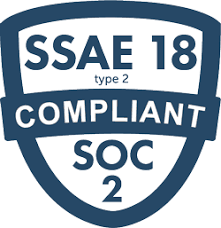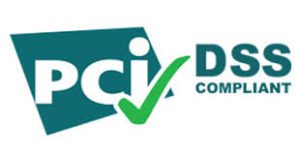A prompt, thorough and impartial investigation can provide the employer with needed information to resolve the matter.
Workplace Investigations
Here are just a few areas in the workplace we investigate
Independent workplace investigations of employee complaints are vital to organizational success
Prompt, thorough & Impartial Investigations
Unlawful Harassment
Discrimination and Diversity Issues
Workplace Violence and Conflict
Employee Misconduct and Fraud
Discipline and Termination
Executive Improprieties
Whistleblower Complaints
Here’s How to Conduct an Employee Misconduct Investigation
Investigate in a timely, well-documented, and consistent manner
Investigate with purpose
Before you take a step, think about the purpose. Consider:
Will this action help reveal the truth?
Will it lead to a strong resolution to the issue?
Could you defend it in court if the accused challenged you on it?
Would documentation of this action help you investigate similar occurrences in the future?
Act Promptly, but be prepared
Review your workplace’s policies, procedures and protocols every year (and following incidents). If you find something that needs updating, work with a committee to correct it. When you know what your organization stands for and how to react to situations ahead of time, your investigation will be well-organized from the start.
Have an Investigative Plan
The plan will help you answer the following questions:
What is the nature of the misconduct?
Should an internal or external investigator handle the case?
What investigation methods should you use?
What resources should you use for evidence?
Are there any witnesses? When, how and why should each one be interviewed?
When should tasks (e.g. evidence collection, interviews, investigation, reporting) be completed?
Take Interim Action
Remember that if a complainant is involved, only take interim actions that they approve. For the accused employee, you may assign changes to their work conditions. Just make sure you emphasize that these changes are non-disciplinary.ed challenged you on it?
Would documentation of this action help you investigate similar occurrences in the future?
Protect The Complainant
Don’t force them to make changes they don’t want to, though. A reporter shouldn’t have to suffer because of another employee’s actions.e interim actions that they approve. For the accused employee, you may assign changes to their work conditions. Just make sure you emphasize that these changes are non-disciplinary.ed challenged you on it?
Would documentation of this action help you investigate similar occurrences in the future?
Protect the Accused
“You need to investigate the specific complaint or allegation,” Sapper says. “The employee may be loathed, but you can’t let unpopularity persuade you to find against them on an entirely unrelated charge.”used challenged you on it?
Would documentation of this action help you investigate similar occurrences in the future?
Document, Document, Document
Strong documentation also protects your organization in the event of a lawsuit. If you take disciplinary action, even a verbal warning, document what you did and why.
Case management software makes this step easier. Interview notes, photo and video evidence and other related documents live right in the case file so you don’t have to hunt them down. Role-based access keeps everything confidential, tooestigate similar occurrences in the future?
Get Outside Help
When you can’t find an impartial investigator in-house, or in legally complex cases, you may need to seek external help. External investigators or legal counsel ensure your investigation is objective, fair and free of conflicts of interest.
“You need to investigate the specific complaint or allegation,” Sapper says. “The employee may be loathed, but you can’t let unpopularity persuade you to find against them on an entirely unrelated charge.”used challenged you on it?
Would documentation of this action help you investigate similar occurrences in the future?
Involve The Union
Communicate Effectively
Provide regular updates about the status of the investigation to each party as it applies to them. When you’ve reached a decision, meet with the accused and the complainant (if applicable) separately to go over next steps.
Strong documentation also protects your organization in the event of a lawsuit. If you take disciplinary action, even a verbal warning, document what you did and why.
Case management software makes this step easier. Interview notes, photo and video evidence and other related documents live right in the case file so you don’t have to hunt them down. Role-based access keeps everything confidential, tooestigate similar occurrences in the future?
Use Sound Interview Skills
Similarly, keep your body language objective. While it feels natural to smile or nod to show you’re listening, this could indicate to a witness that they’re saying something you want to hear. As a result, they might change their story to fit what they think is your approved narrative.organization in the event of a lawsuit. If you take disciplinary action, even a verbal warning, document what you did and why.
Case management software makes this step easier. Interview notes, photo and video evidence and other related documents live right in the case file so you don’t have to hunt them down. Role-based access keeps everything confidential, tooestigate similar occurrences in the future?
Assess Credibility
Would the person’s story makes sense on its own?
Did they exhibit verbal or physical signs of deception or truth?
Is there evidence to corroborate their story?
Does their story make logical sense?
Are other interviewees saying the same things?
Do they have any reason to lie?
Does the accused have a history of similar misconduct?






